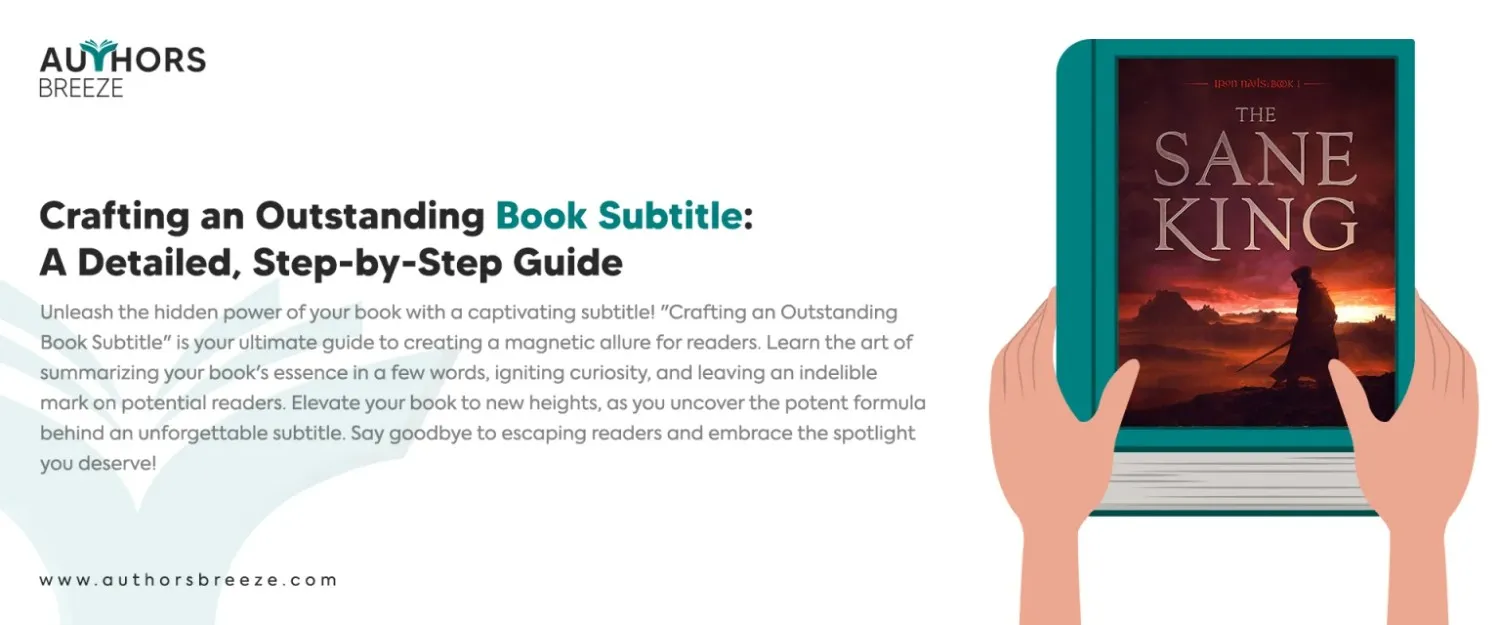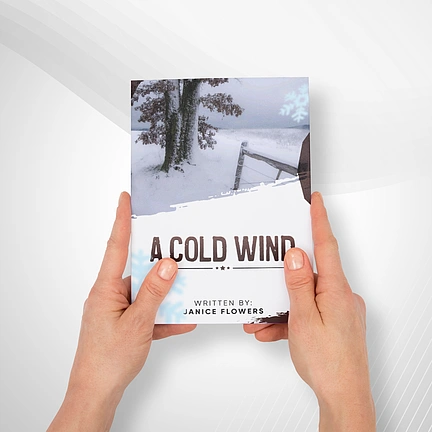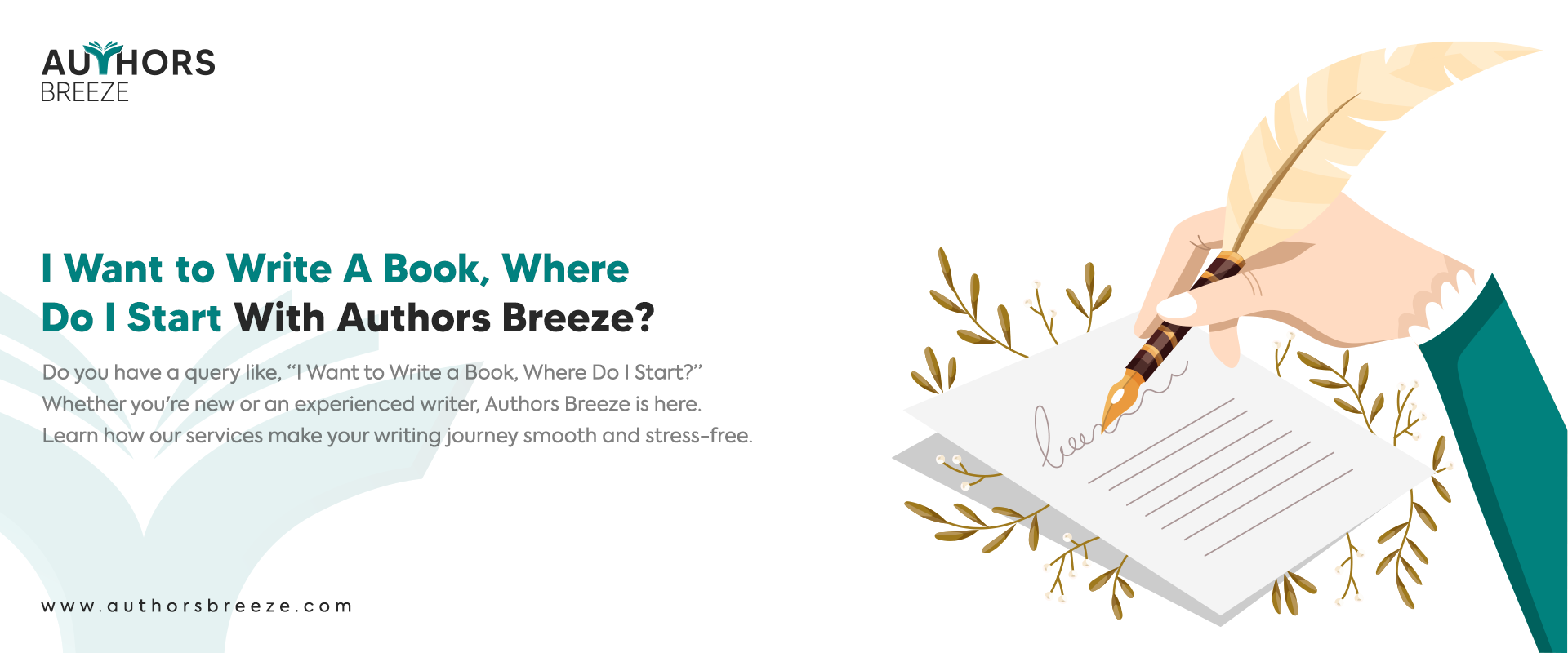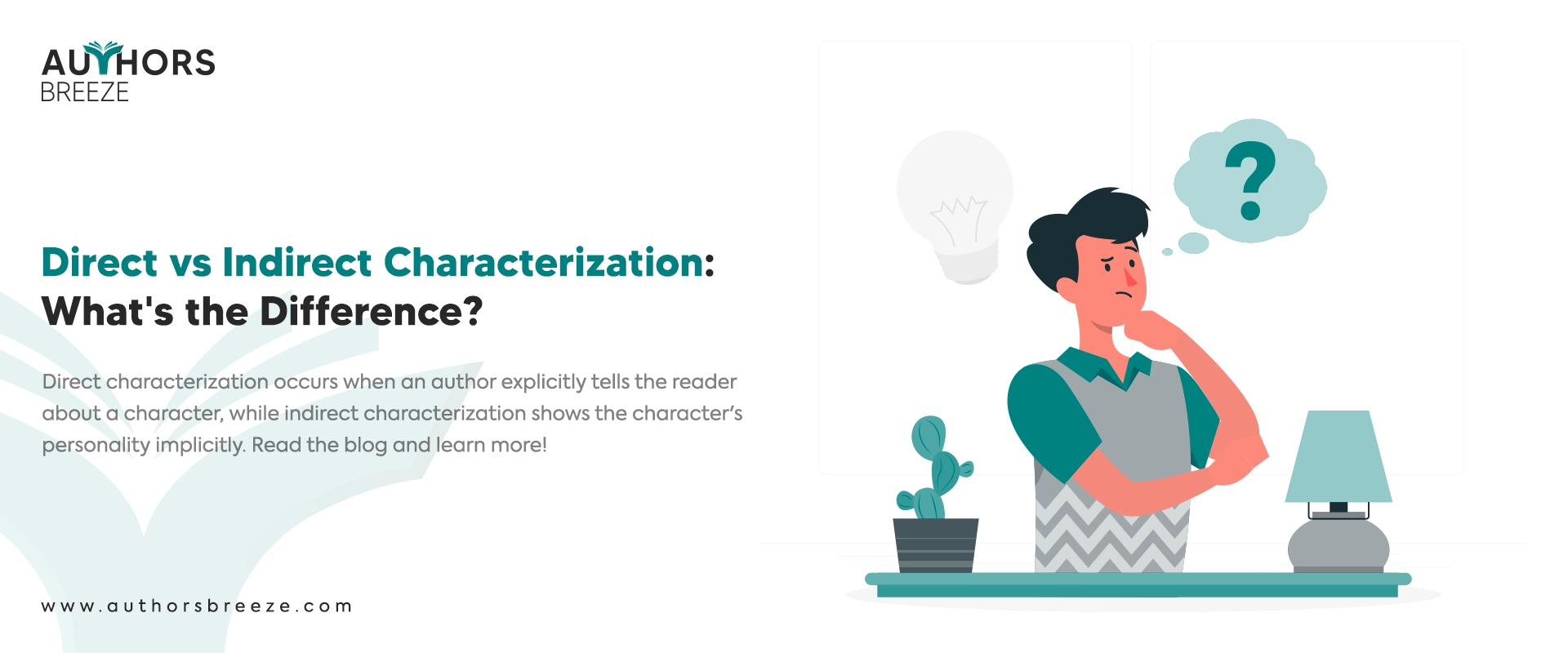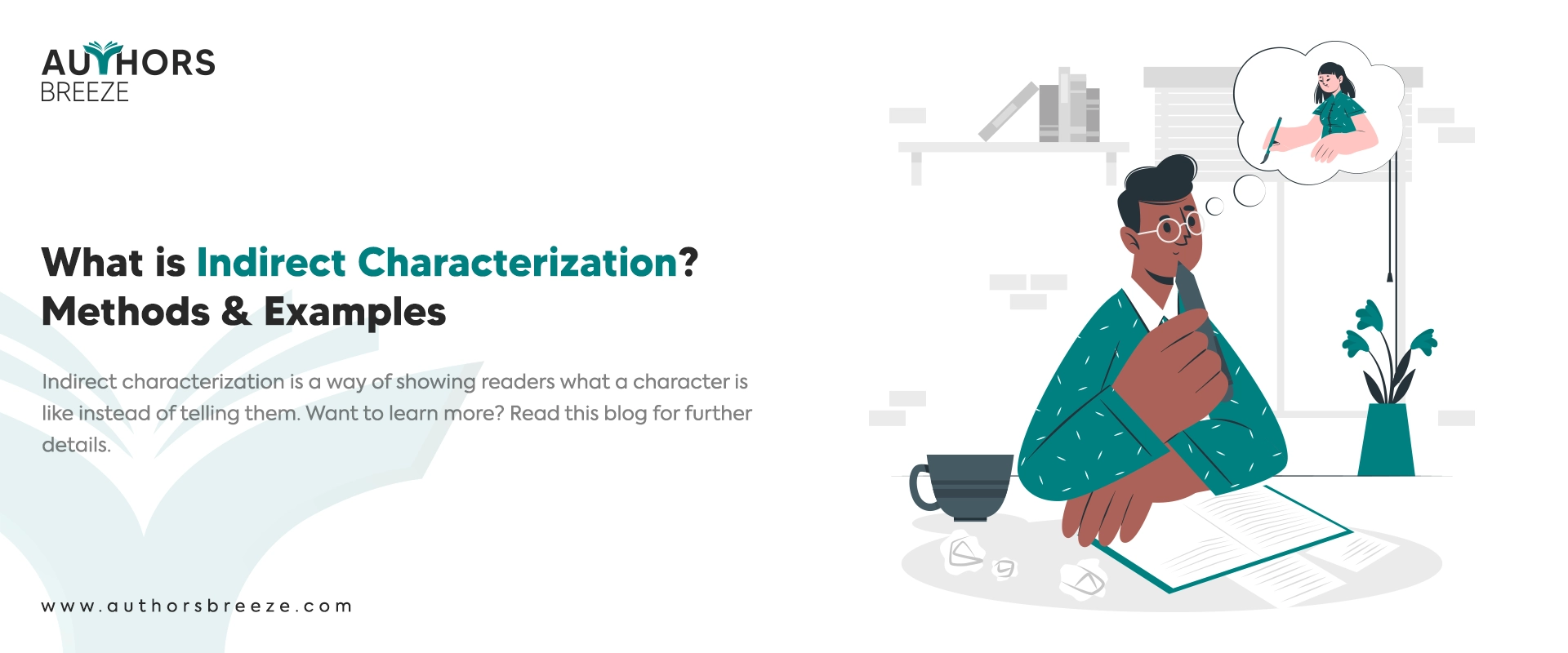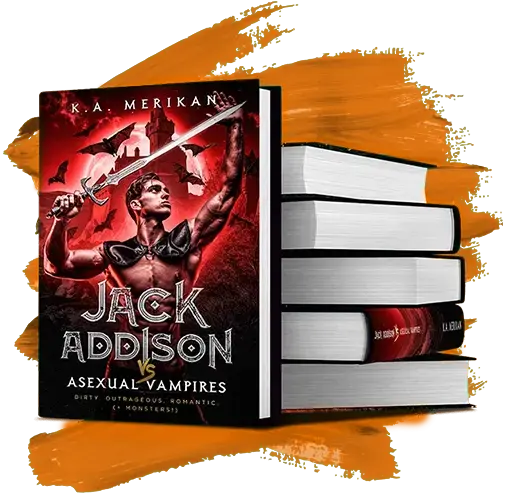When you pick up a book, what catches your attention first? The title, of course! But have you ever noticed the smaller text beneath it? That’s the subtitle. It grabs the interest of the readers. A book subtitle acts like a sneak peek. It gives readers a glimpse into what lies within the pages. In addition, It helps create intrigue and make your book stand out from the rest.
If you want to make your book shine, then you have come to the right place! Today, we will help you master the art of crafting an exceptional book subtitle. Step by step, we will break down the process into manageable chunks. No matter if you are publishing self-help books, fiction, or nonfiction book, you will be equipped with the tools to create a subtitle that captivates your readers.
What is a Subtitle in a Book?
Picture a book as a delicious cake. The book title is like the icing on top. It catches your eye and draws you in. But what about the layers underneath? That’s where the book subtitle comes in. Think of it as the flavor description that entices you to take a bite.
What is a book subtitle? A book subtitle is a short line of text that accompanies the title. It provides more information about what the book is about. Its purpose is to give readers a sneak peek, a tantalizing taste of what awaits them within the pages.
How is a Subtitle Different from a Title?
Titles and subtitles are like dynamic duos in the book world. A book title captures the essence of the book. On the other hand, the book subtitle adds an extra layer of context and detail. The title may be catchy and attention-grabbing. At the same time, the subtitle clarifies the subject matter, genre, or theme of the book. Together, they create a powerful combination that captures the attention of the readers and gives them a glimpse of what they can expect from the book.
What is the Role of a Book Subtitle?
If you’re browsing through a bookstore or scrolling through an online bookstore, what makes you stop and click on a book to learn more? It’s often the subtitle that piques your curiosity. A well-crafted subtitle can make your book stand out among the sea of other titles. In addition, it makes potential readers curious about what lies within its pages. Also, it serves as a valuable book advertising tool. As a result, it entices readers to explore further.
Subtitles also engage the readers. They provide a snapshot of what the book offers. It helps readers determine if it aligns with their interests and preferences. A clear and intriguing subtitle can captivate readers. It makes them eager to delve into the book and discover more. It sets the tone and expectations. As a result, people anticipate and get excited about your book.
If we conclude, a book subtitle is the secret ingredient. It adds depth, clarity, and allure to your book. It enhances your book marketing plan and attracts attention. In addition, it engages readers by providing a glimpse into the essence of the book. So, give careful thought to your subtitle, as it can make a huge impact on the success of your book.
How to Write a Subtitle for Your Book?
It is no easy task to craft a compelling book subtitle. So, we have decided to provide you with a detailed roadmap. It will guide you through each stage of the subtitle creation process and explore every essential aspect. Still, we won’t just stop there. We will also sprinkle in plenty of illustrative examples to help bring these concepts to life. So, uncover the secrets and transform your book subtitle from ordinary to outstanding, leaving readers eager to explore the pages of your book.
Identify Your Target Readership
When you host a party, you need to know who you want to invite before sending out invitations, right? The same goes for when you write a book and craft its subtitle. So, you must first identify your target audience to create a subtitle that resonates with readers. You should know the people you want to reach with your book. If you understand your target readership, it is like you know your party guests. As a result, you can tailor your subtitle to their interests and preferences.
Understand What the Readers Prefer and Expect
You know everyone has unalike tastes in music, movies, and food. Similarly, readers also have unique preferences when it comes to books. Some love thrillers and page-turners. In contrast, others prefer moving tales. So, you should delve into the minds of your potential readers and understand what they expect from a book. As a result, you can create a subtitle that aligns with their desires and captures their attention.
Conduct Market Research to Gather Insights
Market research is like taking a peek into a treasure trove of details about your target audience. So, go and dig deep to uncover valuable insights that will help you craft the perfect subtitle. Start by exploring similar books in your genre. What do their subtitles convey? Analyze reviews and feedback from readers to understand what resonates with them. Market research can help you gain a wealth of knowledge to help shape your subtitle strategy.
Summarize the Main Theme Or Idea
Every book has a central theme or idea that it explores, just like every movie has a plot. To craft a compelling subtitle, you need to identify and summarize this main theme or idea in a few words. What is the heart and soul of your book? Is it a thrilling mystery, a heartwarming romance novel, or a thought-provoking exploration of a specific topic? You can create a subtitle that captures the attention of the readers and gives them a glimpse of what lies within the pages by distilling the essence of the theme of your book.
Highlight Unique Selling Points (USPs) and Key Benefits
Suppose you’re at a store, looking at two similar products. What makes you choose one over the other? It’s often the unique features or benefits that set it apart. The same principle applies to your book. What makes it unique and different from others in the same genre? Is it the fresh perspective, the special characters, or the practical advice it offers? When you highlight these unique selling points (USPs) and key benefits in your subtitle, you give readers a compelling reason to pick up your book.
Craft a Concise and Impactful Message
In a world filled with information overload, brevity (exact use of words) is key. You have only a few words to capture the attention and make a lasting impression. So, craft a concise and impactful message. However, it requires a careful selection of words and a focus on conveying the essence of your book. Therefore, use vivid language, strong verbs, and descriptive phrases to create a sense of excitement and intrigue. A well-crafted subtitle should make readers stop and say, “I need to read this!”
Avoid Ambiguity and Confusion
When reading a sentence that leaves you scratching your head, you may wonder what it means. That’s the last thing you want for your book subtitle. Therefore, if you want to create a compelling subtitle, you should emphasize clarity and conciseness. Be clear and precise in your wording, so readers can quickly grasp the essence of your book. Steer clear of unclear or convoluted (complex to follow) phrases that readers could misinterpret. Your subtitle should be crystal clear. It should leave no room for confusion.
Use Clear and Straightforward Language
Have you ever heard the saying, “Keep it simple, stupid”? Well, the same principle applies to crafting a subtitle. Use language that is clear and straightforward. Avoid complex or words filled with jargon. Your goal is to convey your message effectively. Therefore, if you use complicated language, it may make readers lose interest. So, choose words that resonate with your target audience and a wide range of readers can easily understand. Remember, simplicity can be powerful.
Eliminate Unnecessary Words or Phrases
Sometimes, less is more. In the world of subtitles, if you eliminate unnecessary words or phrases, it can make a huge impact. Take a step back and review your subtitle with a critical eye. Are there any words or phrases that don’t add value or are redundant? Trim the excess and streamline your subtitle to its core essence. You will be able to create a subtitle that is concise and impactful only if you remove unnecessary clutter.
Incorporate a Hook or Captivating Element
Imagine walking by a billboard with a captivating advertisement that makes you stop and take a second look. That’s precisely what you want to achieve with your book subtitle. To create intrigue and curiosity, use a hook or interesting element that grabs the attention of the readers. It could be a thought-provoking question, a factual statement, or a fascinating concept. The goal is to make readers pause and say, “Tell me more!”
Just Hint at The Content of the Book and Don’t Give Too Much Away
Think of your subtitle as a teaser that gives readers a glimpse into the unique content of your book. You want to strike a delicate balance between revealing enough to generate interest and holding back to leave room for exploration. So, hint at the themes, the characters, or the unique aspects of your book without giving away all the juicy details. It will create a sense of mystery and anticipation. That will entice readers to discover more.
Generate Curiosity to Pique the Interest of the Readers
Curiosity killed the cat, they say, but it’s the lifeblood of engaging book subtitles. You want to ignite that spark of interest within readers. It makes them eager to uncover the secrets hidden within your book’s pages. Create intrigue by posing a question that leaves readers curious for answers. Spark their imagination with vivid imagery or create a sense of wonder with an unexpected twist. The more you can generate interest, the more likely readers will be drawn to explore your book further.
Identify Relevant Keywords for Your Book
Keywords are like puzzle pieces that connect your book to its potential readers. To create a subtitle that stands out, you need to identify relevant keywords that accurately represent your book. Think about the core themes, subjects, or concepts explored within your book. What words or phrases best capture its essence? These are the keywords you want to highlight in your subtitle. They will attract readers who are specifically interested in those topics.
Integrate Keywords that Resonate with Your Target Audience
Just like a magnet attracts metal, keywords attract readers who search for specific types of books. So, choose keywords that resonate with your target audience, i.e., the people you want to connect with through your book. Put yourself in their shoes and think about the words or phrases they would use when searching for a book like yours. Integrate these keywords into your subtitle. As a result, you can increase the chances of capturing the attention of your ideal readers.
Ensure Keywords Align with the Genre and Topic of the Book
Keywords are not just random words thrown together. They need to be relevant to the genre and topic of your book. Imagine you’re looking for a thrilling mystery novel. Still, the subtitle is filled with keywords related to romance or self-help. It would create confusion and disappointment. So, ensure that the keywords you choose align with the genre and topic of your book. It will help attract the right readers who are genuinely interested in what your book has to offer.
Stand Out from the Competition
Imagine walking into a candy store with rows upon rows of colorful sweets. How do you choose which one to try? It’s the unique flavors and eye-catching packaging that catch your attention. The same goes for your book subtitle. To stand out from the competition, you need to offer something different, something that makes readers take notice. Find a fresh angle, a unique perspective, or a magnetic element that sets your book apart from others in the same genre. It will make your subtitle shine brightly in a sea of titles.
Utilize Fresh and Unique Language
Just as a new song on the radio can catch your ear, new and unique language in your subtitle can capture the attention of the readers. So, think outside the box and let your creativity flow. Use words and phrases that are unexpected, imaginative, and memorable. It will give your subtitle a distinct voice that stands out in the minds of the readers. Infusing your subtitle with fresh and unique language can create an enticing allure that draws readers in.
Writing Subtitles for Different Genres
Every genre requires a tailored approach when it comes to a book subtitle.
Fiction
When crafting a subtitle for a fiction book, focus on capturing the essence of the story or protagonist. Think about the main conflict, the unique setting, or the emotions the narrative evokes. Create a subtitle that gives readers a taste of what they can expect.
Nonfiction
When you write a subtitle for a nonfiction book, keep in mind the purpose and value of the book. What will readers gain from reading your book? Will it help them overcome challenges, expand their knowledge, or achieve personal growth? Highlight the key benefits and takeaways that readers can expect.
Self-Help Books
If you want to create a subtitle for this genre, emphasize the benefits and results that readers can achieve. What change or improvement can readers expect by following the guidance in your book? Will it help them boost their confidence, enhance their productivity, or achieve success in a specific area? Grab the attention of readers who seek practical solutions and actionable advice.
Gather Feedback from Beta Readers or Focus Groups
Imagine baking a delicious cake. Before you serve it to others, you want to make sure it tastes just right. Similarly, gather feedback from beta readers or focus groups when crafting your book subtitle. Share different versions of your subtitle with a small group of trusted people and ask for their honest opinions. Did the subtitle catch their attention? Did it accurately represent the book? Their valuable feedback will help you learn how your subtitle resonates with potential readers.
A/B Testing with Different Versions of the Subtitle
In the world of marketing, A/B testing is like trying on different outfits to see which one looks best. To refine your subtitle, conduct A/B testing. Create multiple versions and test them against each other. Create two or more variants of your subtitle and use them in book marketing materials or online platforms. Monitor the responses and engagement from readers to see which version performs better. It will provide insights into which elements of the subtitle are more effective and also capture the interest of the readers.
Analyze Feedback and Make Adjustments
Feedback is like a treasure map that guides you toward improvement. Analyze the feedback you receive from a beta reader, professional editor, or A/B testing. Then, identify patterns or common themes. Pay attention to what resonated with readers and what may need a change. Did they find the subtitle compelling? Were there any confusing aspects? Use this feedback to make changes and refine your subtitle accordingly. Keep in mind that it is an iterative process. So be open to making changes that enhance the impact of your subtitle.
Illustrative Examples of Outstanding Book Subtitles that Books
The purpose of book subtitles is to capture the attention of the readers and convey the essence, purpose, and benefits of the books. Let’s showcase some examples that inspire you as you craft your own outstanding book subtitle.
Example of Subtitles for Fiction Books
1- “Vanity Fair: A Novel Without A Hero.”
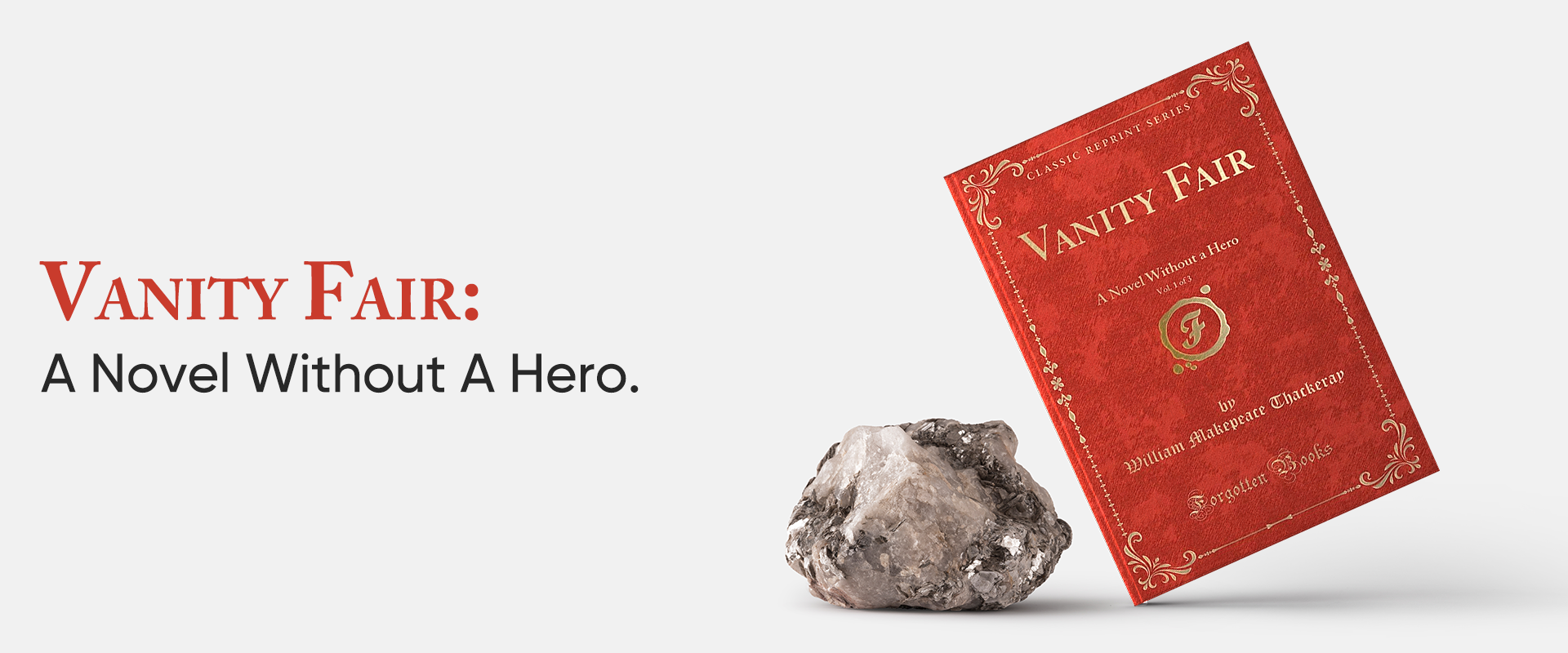
2- ” The Housemaid’s Secret: A Totally Gripping Psychological Thriller With A Shocking Twist.”
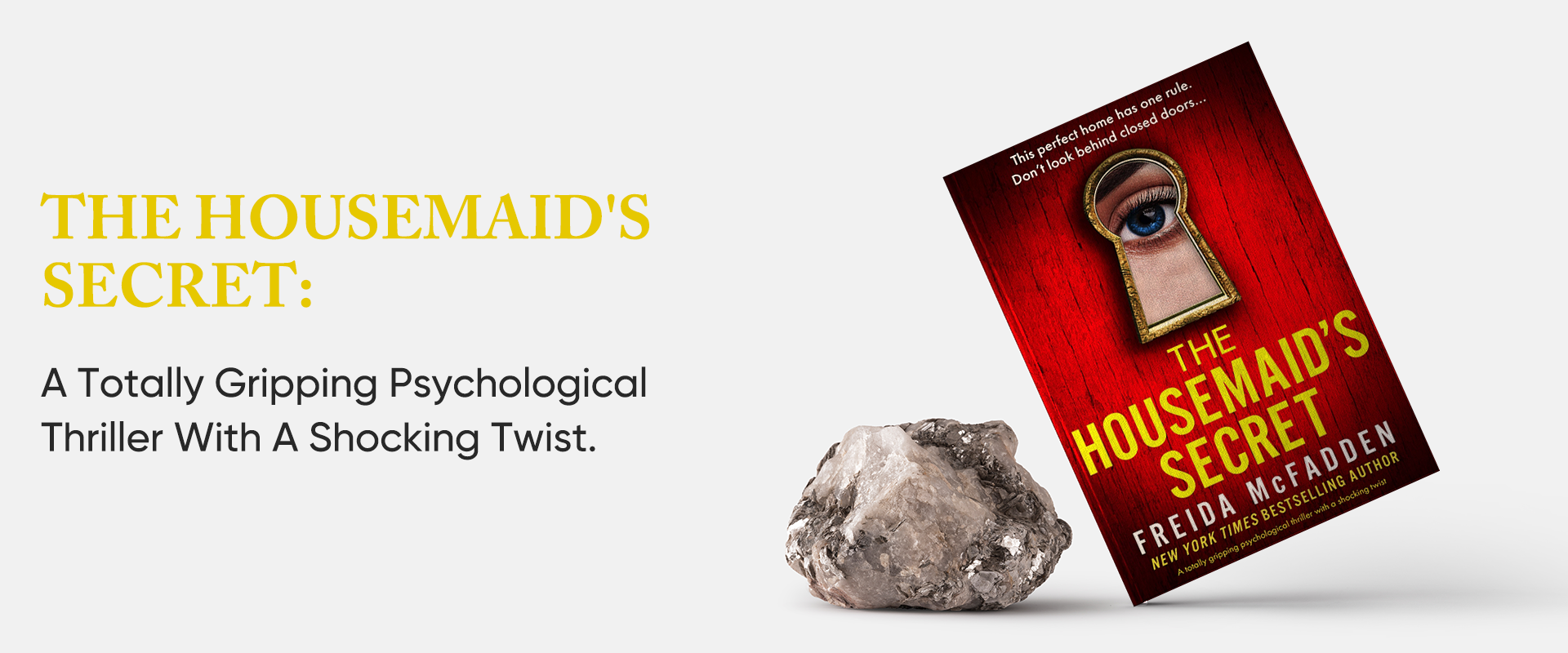
3- ” Steel Valley: Coming of Age in the Ohio Valley in the 1960s.”
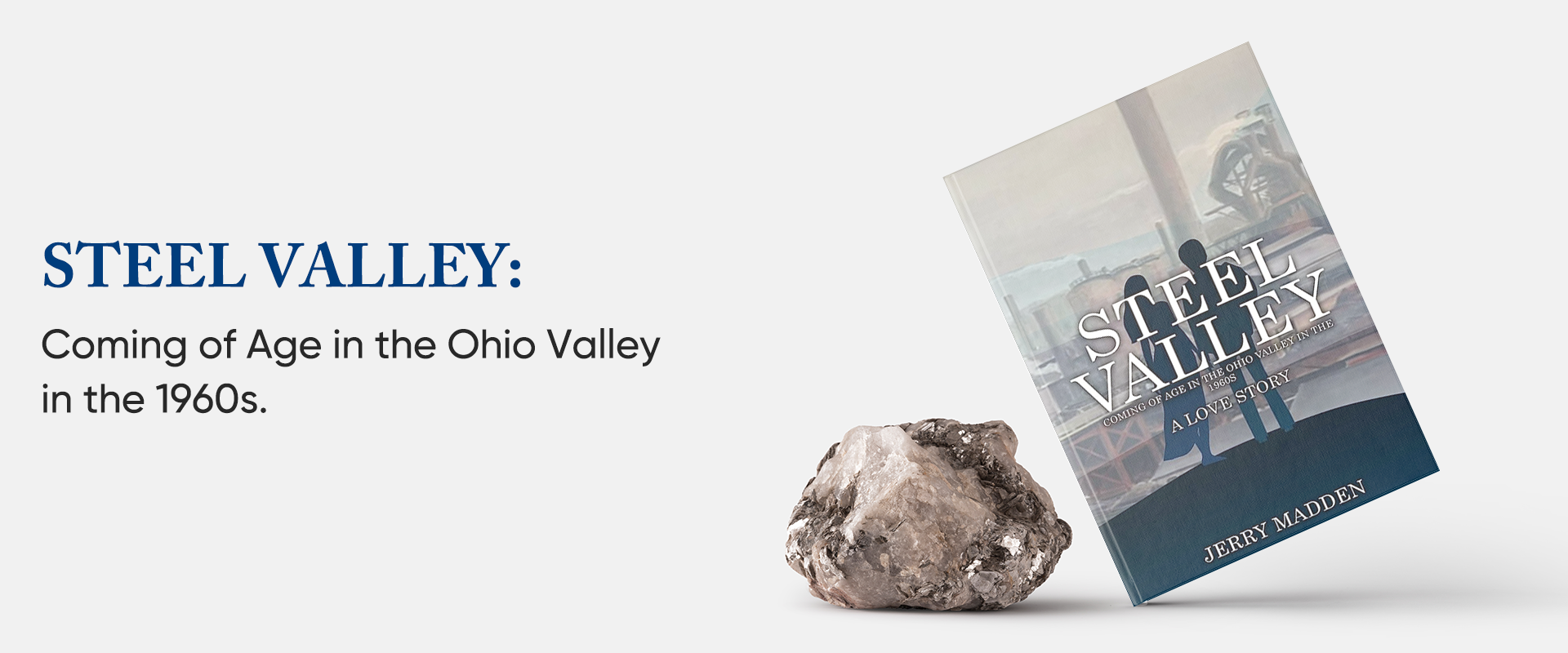
These examples demonstrate subtitles for fiction books. They capture the essence of the story, evoke curiosity, and hint at the emotional journey that awaits readers. If you use evocative language and captivating themes like them in your subtitles, it can entice readers to dive into the world of your book and experience the gripping tales that unfold.
Example of Subtitles for NonFiction Books
1- “The Power of Habit: Why We Do What We Do in Life and Business.”
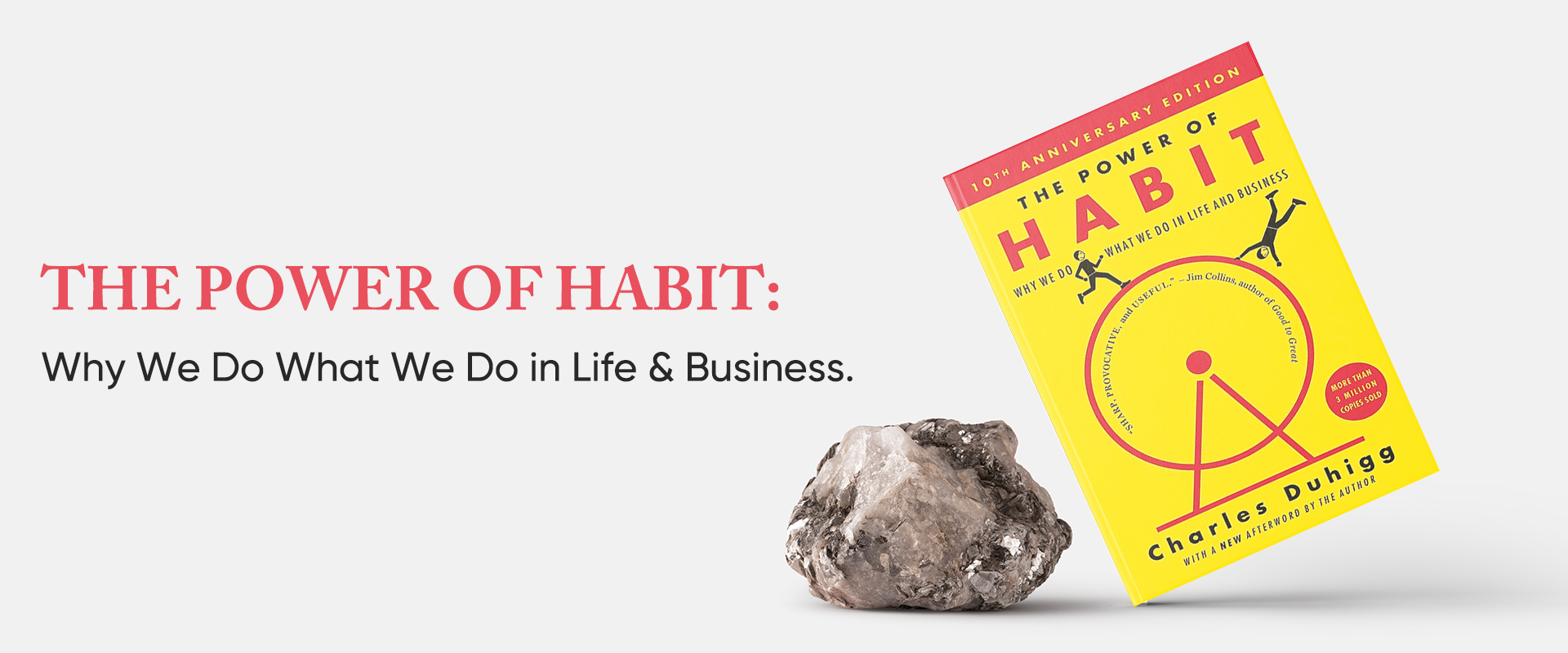
2- “The Science of Happiness: How Our Brains Make Us Happy – and What We Can Do to Get Happier.”
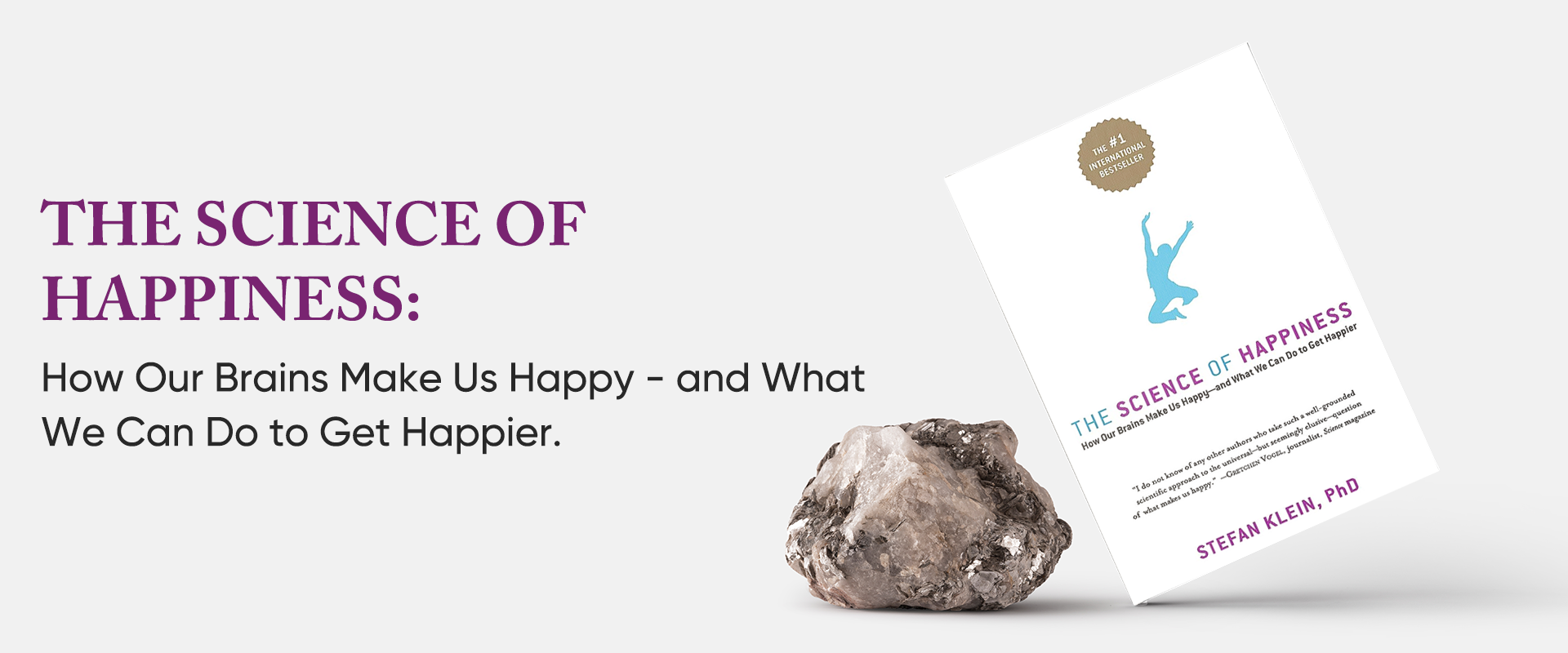
3- “The Art of Persuasion: Winning Without Intimidation.”
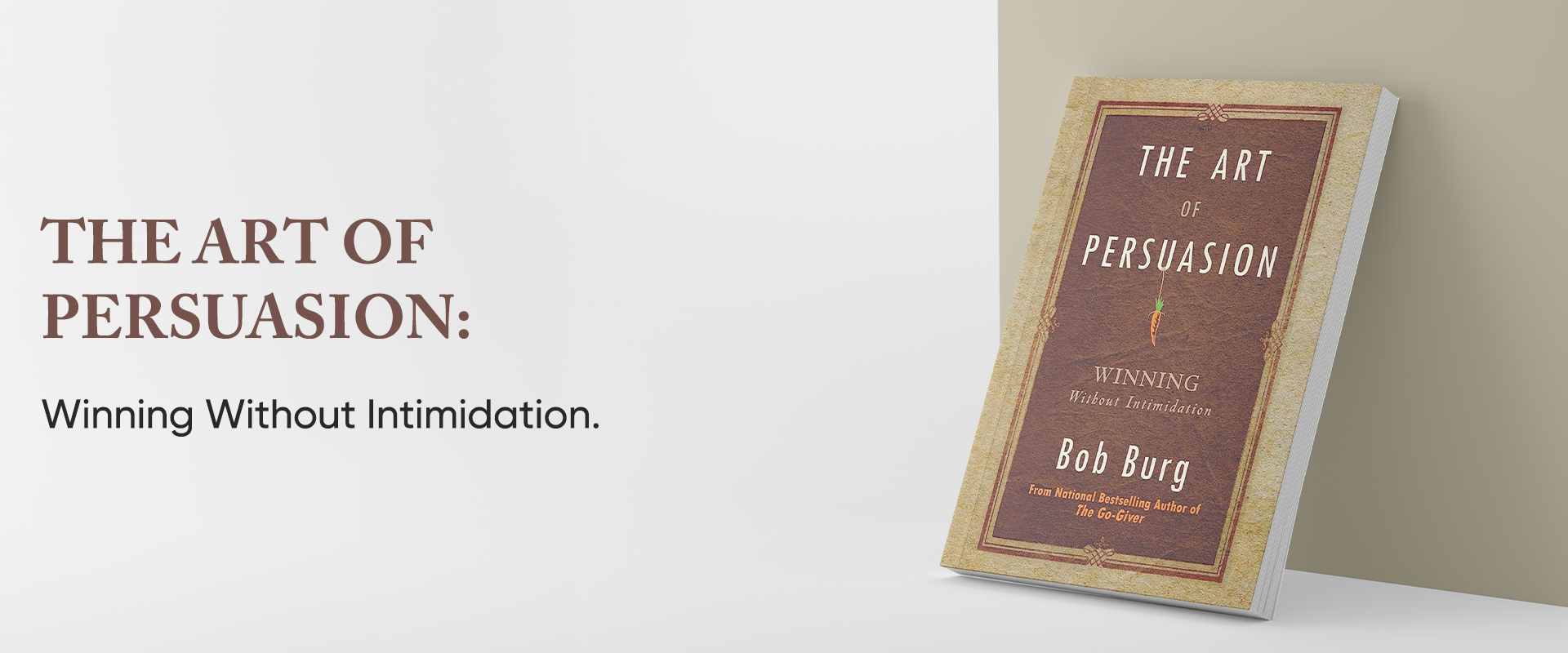
These examples showcase effective subtitles for nonfiction books. They convey the purpose and value of the books, highlight the topics they will explore, and the benefits readers can expect. When you use powerful words and emphasize the outcomes readers can achieve in your book subtitles, you can attract those seeking knowledge, personal growth, and practical advice.
Example of Subtitles for Self-Help Books
1- “The Confidence Code: The Science and Art of Self-Assurance—What Women Should Know.”
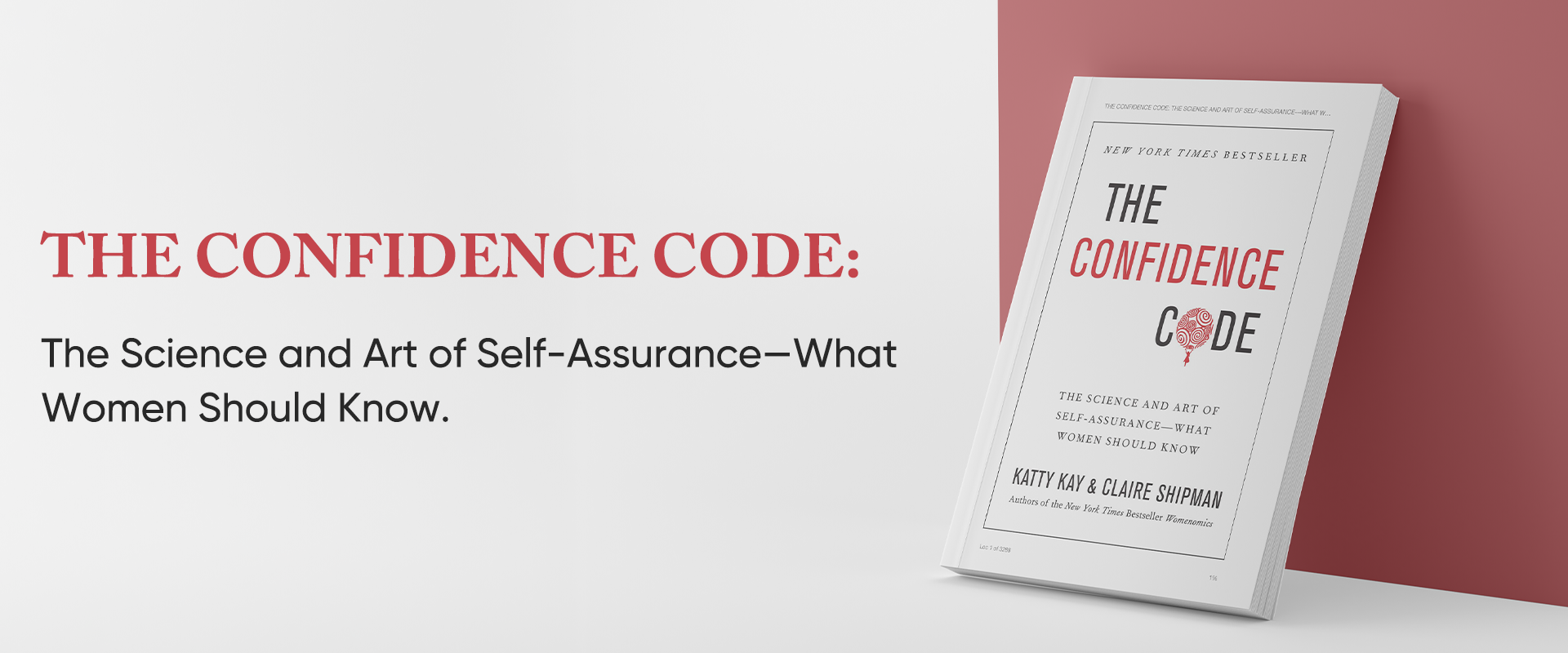
2- “The Productivity Blueprint: A Simple Step-By-Step Guidebook Filled with Strategies and Hacks to Manage Your Time, Become Successful, and Achieve Superhuman Productivity.”
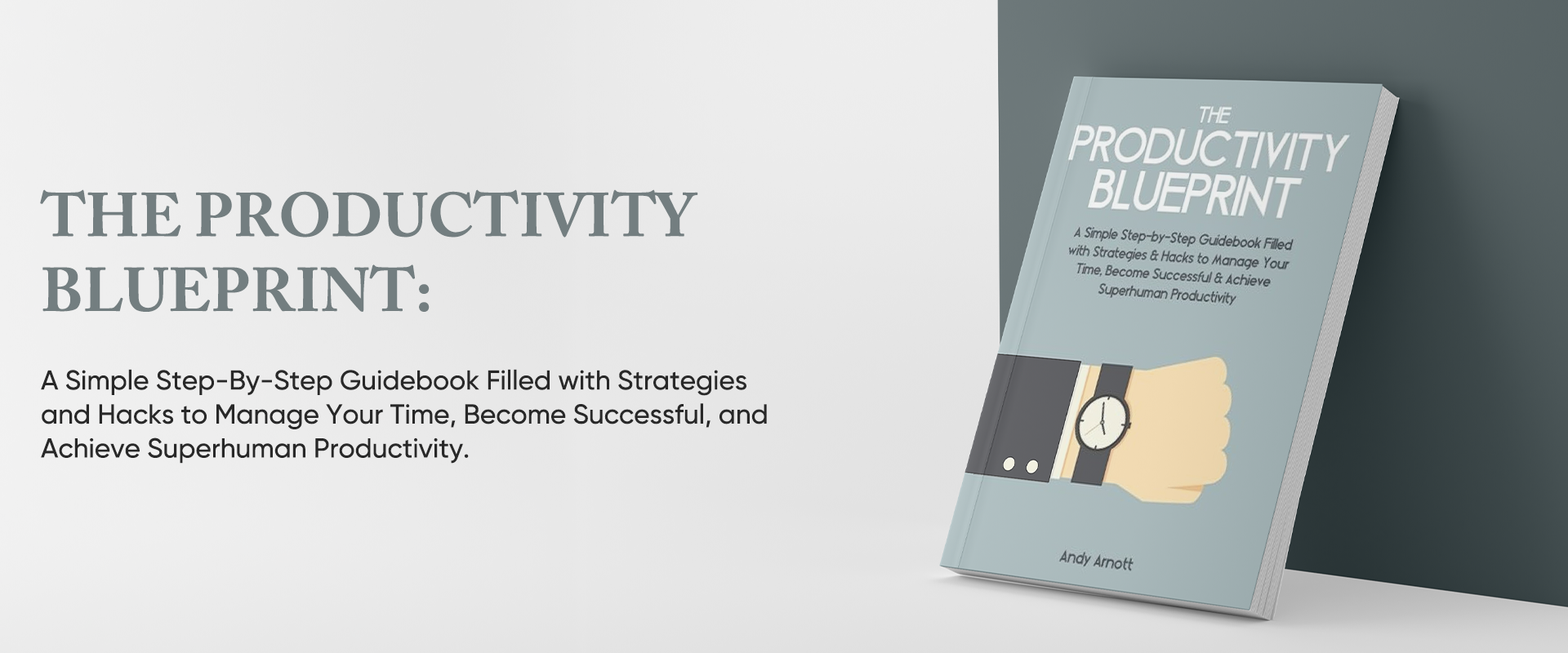
3- “The Mindful Manifesto: How Doing Less and Noticing More Can Help Us Thrive in a Stressed-Out World.”
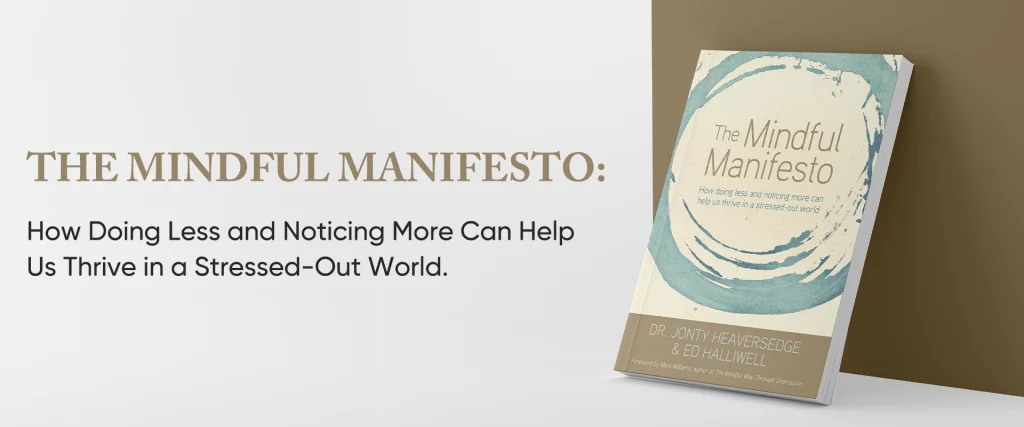
These examples exemplify powerful and result-driven subtitles for self-help books. They emphasize the transformative nature of the books and highlight the specific benefits readers can attain. If you focus on personal growth, self-improvement, and practical strategies in your book subtitles, it can inspire readers to take action and achieve positive change in their lives.
FAQs
What is an Example of a Book Subtitle?
A book subtitle is a contextual phrase. It accompanies a book title and provides clarity and understanding. It is not necessary that it should be memorable. However, its primary focus is to convey the content and purpose of the book.
For Example: "Never Finished: Unshackle Your Mind and Win the War Within"
The title is notable and memorable. But you can not tell much about the book by looking at it. In contrast, the subtitle tells you further that it is a book about self-learning and self-improvement.
What is the Meaning of Subtitle?
A subtitle is a secondary title that goes along with a book. It provides extra info about its content. It acts as an additional layer of detail that help readers better grasp the main title and understand what the work is about.
How Long Should a Book Subtitle Be?
Subtitles typically range from three to seven words in length. When it comes to nonfiction, the title tends to be shorter, while the subtitle is longer. If you opt for a lengthy title in nonfiction, it's advisable to match it with a more extensive subtitle. It's generally recommended to strike a balance and aim for subtitles that contain up to around ten words.
Conclusion
A well-crafted book subtitle has the power to captivate readers. It conveys the essence of your book. Also, entice readers to dive into its pages. It sets the tone, piques curiosity, and positions your book in the crowded marketplace. If you carefully choose words in your book subtitle, it can make a lasting impression and attract the right audience. So, invest as much time and effort as you can and write a great book subtitle, for it is a gateway that welcomes readers into the world you’ve created.
Remember to experiment, ask for feedback, and iterate along the way. It allows your subtitle to evolve into its most compelling form. In addition, don’t hesitate to seek assistance from experts. You can have Authors Breeze at your service if you need any kind of help. Our experts provide the best services for authors and help authors craft the book subtitle that stands apart.

